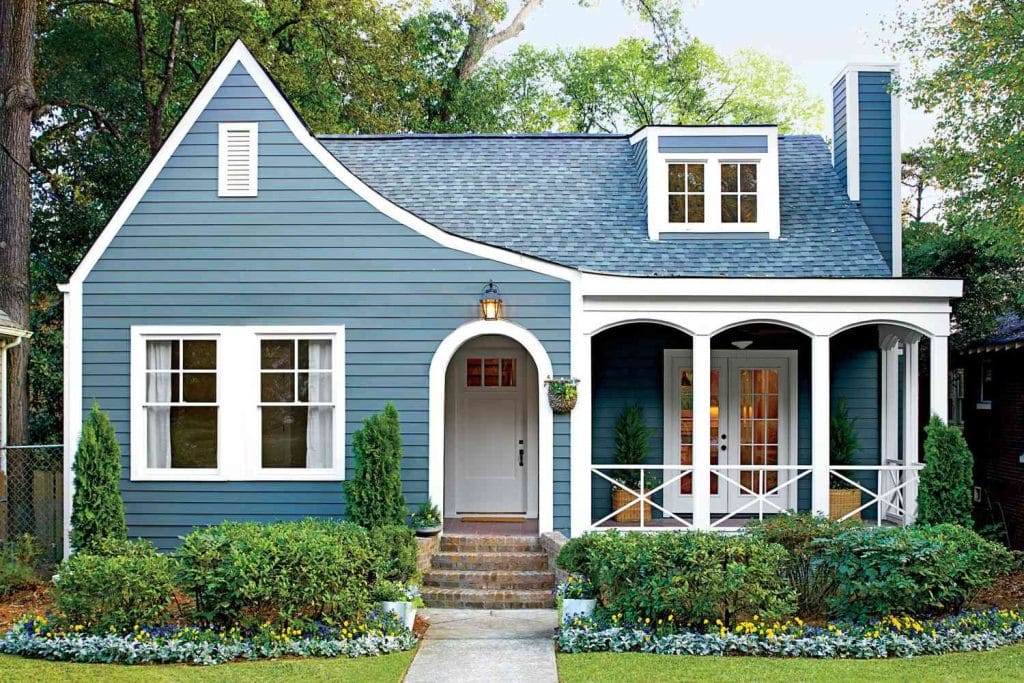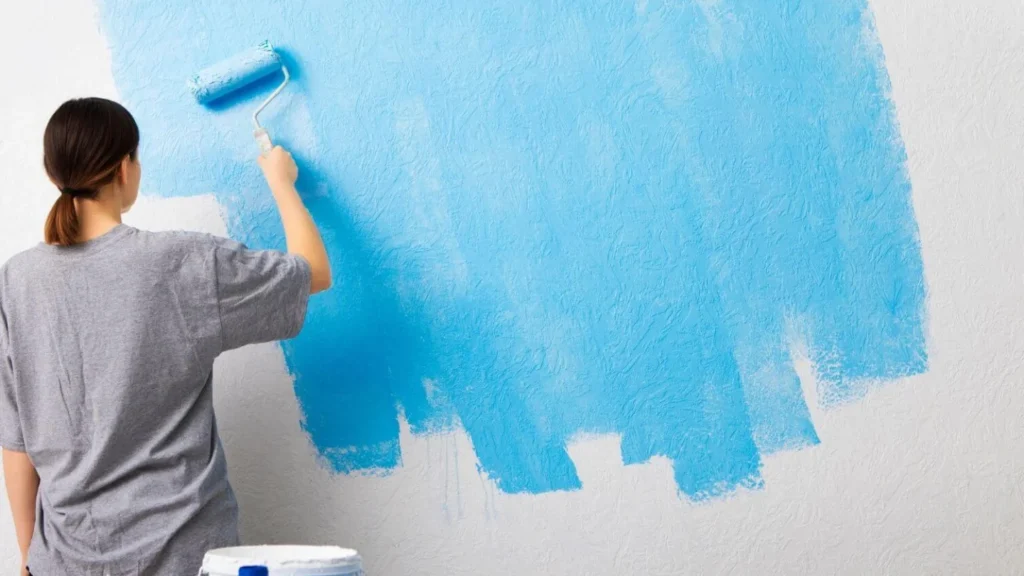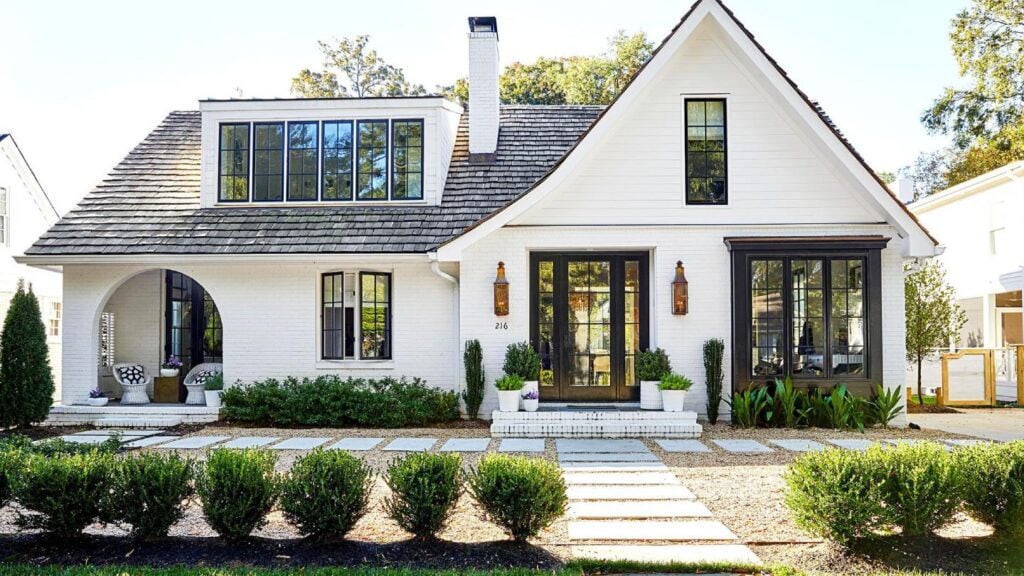Painting the exterior is a transformative project that can enhance curb appeal or give your home a fresh look. However, achieving professional results requires more than just hiring skilled painters. Proper preparation is crucial to ensure a smooth and long-lasting finish. This guide will walk you through the essential steps to prepare your home exterior for painting contractors, ensuring the process is efficient and effective.
Inspect and Repair Surfaces
Before painting, thoroughly inspect your home’s exterior surfaces. This step is crucial in identifying areas that require repair, as painting over damaged surfaces can lead to peeling, bubbling, or cracking paint.
Identifying Problem Areas
Begin by examining the entire exterior for signs of damage, such as chipped paint, mold, mildew, rot, or cracks. Pay special attention to areas susceptible to water damage, such as window sills, door frames, and trim.
Making Necessary Repairs
Once you’ve identified problem areas, prioritize repairs. Replace any rotten wood, fill in cracks with a high-quality filler, and sand down rough spots to create a smooth surface. This will ensure that the new paint adheres properly, resulting in a uniform finish. Additionally, repairing damaged surfaces extends the lifespan of your paint job by preventing moisture intrusion and further deterioration.
Clean Thoroughly
Cleaning is a vital step in the preparation process that should be noticed. Dirt, grease, and mildew can prevent paint from adhering correctly, leading to premature failure.
Pressure Washing
For an effective clean, consider pressure washing the exterior surfaces. This method efficiently removes dirt, old paint, and other debris. However, be cautious with the pressure settings to avoid damaging wood or delicate materials. If pressure washing isn’t feasible, a garden hose with a scrub brush can do the trick.
Addressing Mold and Mildew
Mold and mildew require special attention. Before painting, scrub affected areas with a mixture of water and bleach to eradicate these fungi. This step is crucial in preventing the spores from growing through the new paint layer.
Protect Landscaping and Fixtures
While focusing on the walls, it’s easy to remember the surrounding environment. Protecting your landscaping and fixtures is essential to avoid unintended damage during painting.
Covering Plants and Shrubs
Drape plants, shrubs, and gardens with drop cloths to shield them from paint splatters and cleaning agents. Using breathable materials is advisable to prevent suffocating your plants.
Securing Fixtures and Furniture
Remove or cover outdoor furniture, light fixtures, and decorations. Use painter’s tape and plastic sheeting to protect immovable items from drips and overspray. This simple step will save you from post-painting cleanup and potential replacement costs.
Choose the Right Time
Timing can significantly impact the success of your exterior painting project. Weather conditions and temperature are crucial in how well paint adheres and cures.
Optimal Weather Conditions
Aim to schedule painting during mild, dry weather. Extreme temperatures, high humidity, and rain can affect paint application and drying times. Ideally, the temperature should be between 50°F and 85°F, with low humidity and minimal wind.
Seasonal Considerations
Spring and fall are generally the best seasons for exterior painting in many regions. These periods offer moderate temperatures and less humidity, providing an ideal environment for paint to cure correctly.
Common Mistakes to Avoid
Despite careful planning, several common mistakes can derail your painting project. Being aware of these pitfalls can help ensure a successful outcome.
Skipping Surface Preparation
Rushing through or omitting surface preparation is a frequent mistake. Painting over dirty or damaged surfaces compromises the paint’s longevity and appearance. Invest the necessary time in cleaning and repairing before proceeding.
Ignoring Weather Forecasts
Ignoring the weather forecast can lead to disastrous results. Rain or high humidity during or immediately after painting can cause streaks, poor adhesion, and longer drying times. Always check the forecast and plan accordingly.
Using Low-Quality Materials
Cutting corners with low-quality paint and tools can lead to subpar results. Invest in high-quality paint and brushes to ensure a smooth finish and long-lasting protection.
Preparing your home exterior for painting contractors involves crucial steps such as cleaning surfaces, repairing damages, and selecting suitable materials. The preparation tasks are essential for achieving a smooth and successful painting process, leading to high-quality, long-lasting results. By investing time in proper preparation, homeowners can enhance the durability and appearance of their exteriors. For expert guidance and professional painting services, trust Stellar Painting to transform your home’s exterior with precision and care. Let Stellar Painting elevate your next painting project to excellence.


